


|
1377 |
By means of a series of alliances, the Aztecs of southern Mexico begin to develop into a formidable military force under their new leader Acamapichtli, founder of the Aztec dynasty.
|
|
1378 |
The return of Gregory XI to Rome brings about the Great Schism, with rival Popes at Avignon and at Rome. Unity was not achieved until the Council of Constance in 1417 (H5).
|
|
1380 |
At the Battle of Kulikovo on the River Don, the Russian state of Muscovy gains a notable victory over the Mongols. This marks the beginning of the decline of the Golden Horde.
|
|
1381 |
T
|
|
1382 |
Under the guidance of John Wycliffe, the first bible to be written
in English is completed. He now condemns the pope as anti-
|
|
1383 |
The Mongol leader Tamerlane invades and conquers Persia at the start of a brutal campaign of conquest through Azerbaijan, Mesopotamia, Armenia, Georgia and India.
|
|
1386 |
The Treaty
of Windsor between King Richard of England and King John I
of Portugal marks the beginning of a long-
|
|
1387
1389 |
Geoffrey
Chaucer,
Thai invaders advance yet again into the heartland of the Khmer Empire and threaten the city of Angkor. The Empire begins to break up under these constant incursions.
|
|
|
The Ottoman Turks complete their conquest of Asia Minor and, by their victory at the Battle of Kosovo, bring the whole of the Balkan peninsula under their control.
|
|
1392 |
Shogun Ashikaga Yoshimitsu reunites Japan after an imperial division lasting nearly sixty years. During his reign, trade is renewed with China and the Golden Palace is built at Kyoto.
|
|
1395 |
Having conquered Mesopotamia, Azerbaijan, Armenia and Georgia, the Mongol leader Tamerlane seeks out and defeats the Golden Horde at the Battle of Kur River.
|
|
1397 |
For the first time, the Union of Kalmar unites Denmark, Norway and Sweden under one king, Erik of Pomerania. Despite conflict, the union remains in tact for over 125 years.
Richard overthrows the ruling party of barons. He has the Duke of Gloucester murdered and many of his opponents exiled, including John of Gaunt’s son, Henry Bolingbroke
The Medici family of Florence founds a bank and begins to build up a vast fortune. Their patronage of the arts was to make their city the birthplace of the Renaissance.
|
|
1399 |
Bolingbroke returns to England, deposes Richard, and takes the throne as Henry IV, the first Lancastrian monarch. Richard is imprisoned and dies the following year. |
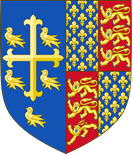





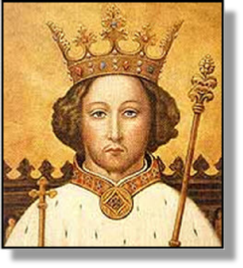 xxxxx
xxxxx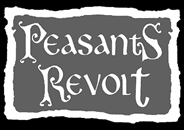 xxxxx
xxxxx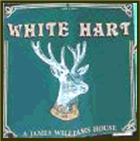 xxxxx
xxxxx he
he
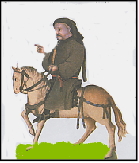 "the
father of English Literature" begins to write his famous
"the
father of English Literature" begins to write his famous  Richard
Whittington
Richard
Whittington